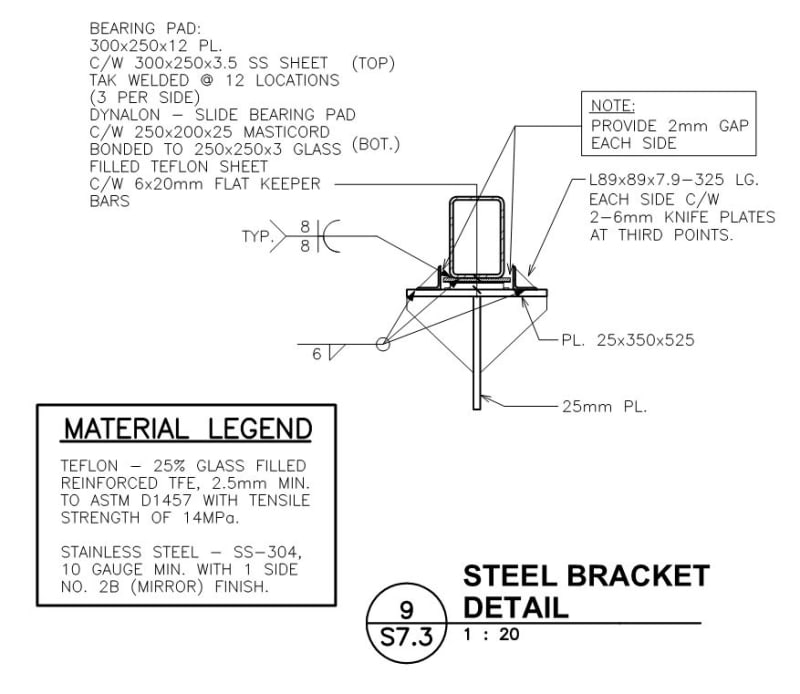Hi all,
I ran into a situation where steel beam runs through the expansion joint at the end of exterior walls and frames into the steel column located beyond expansion joint. I do not see any guidelines or detailing options mentioned on AISC. Anyone ran into this situation? See attached sketch. I always two rows of columns on either side of joints but this is odd ball case I had to deal with. Any detailing suggestion is really appreciated.
Thank you,
RD

I ran into a situation where steel beam runs through the expansion joint at the end of exterior walls and frames into the steel column located beyond expansion joint. I do not see any guidelines or detailing options mentioned on AISC. Anyone ran into this situation? See attached sketch. I always two rows of columns on either side of joints but this is odd ball case I had to deal with. Any detailing suggestion is really appreciated.
Thank you,
RD


